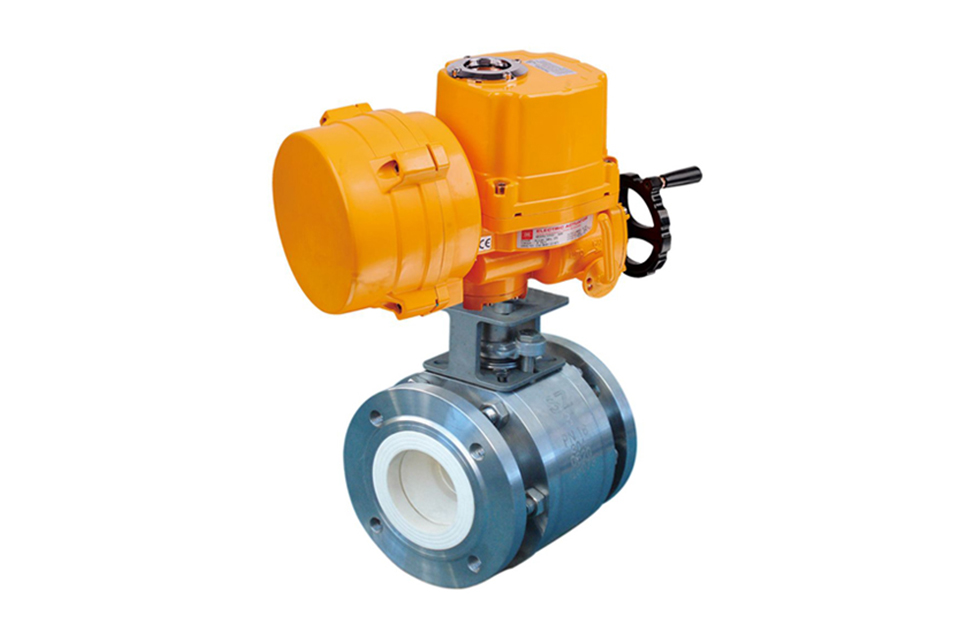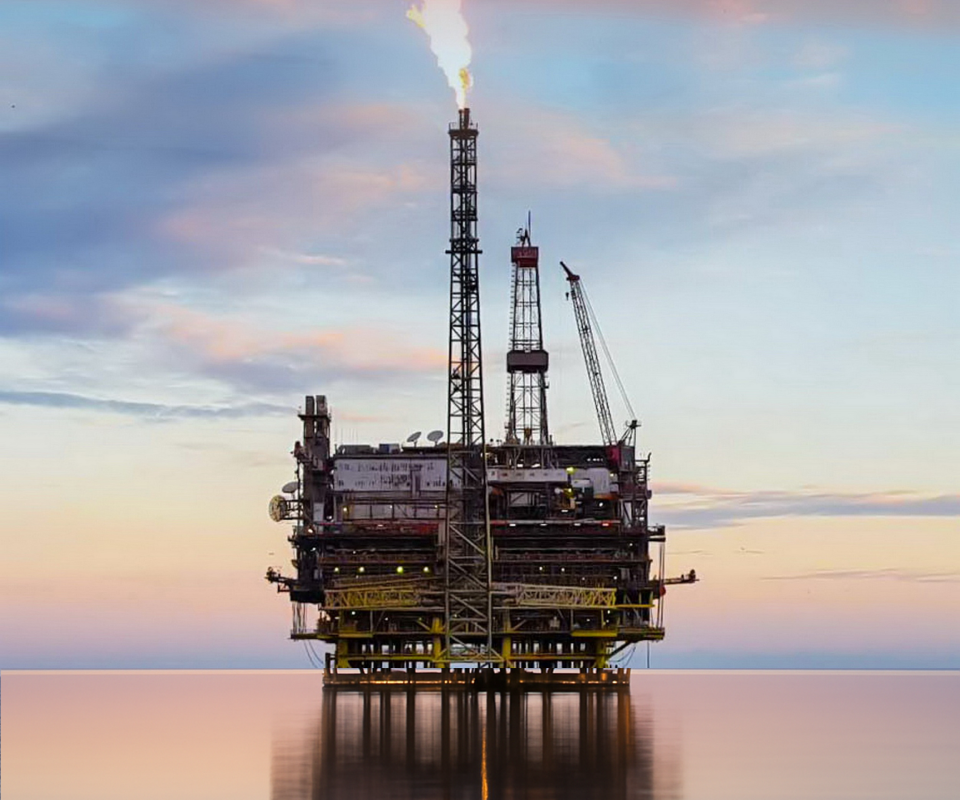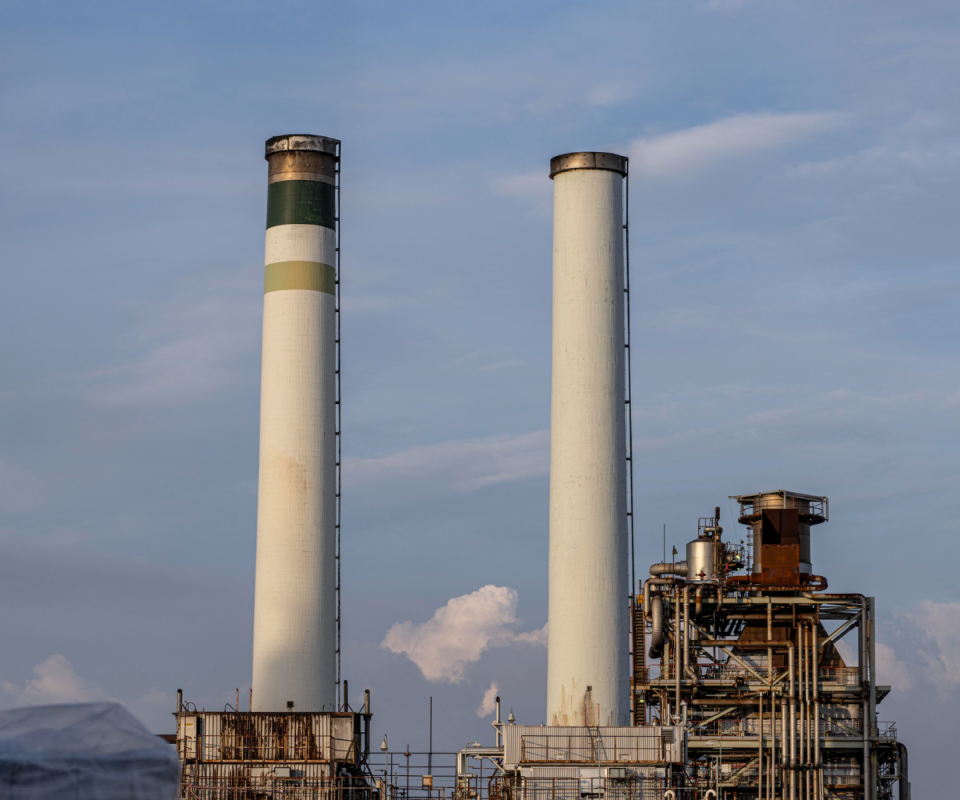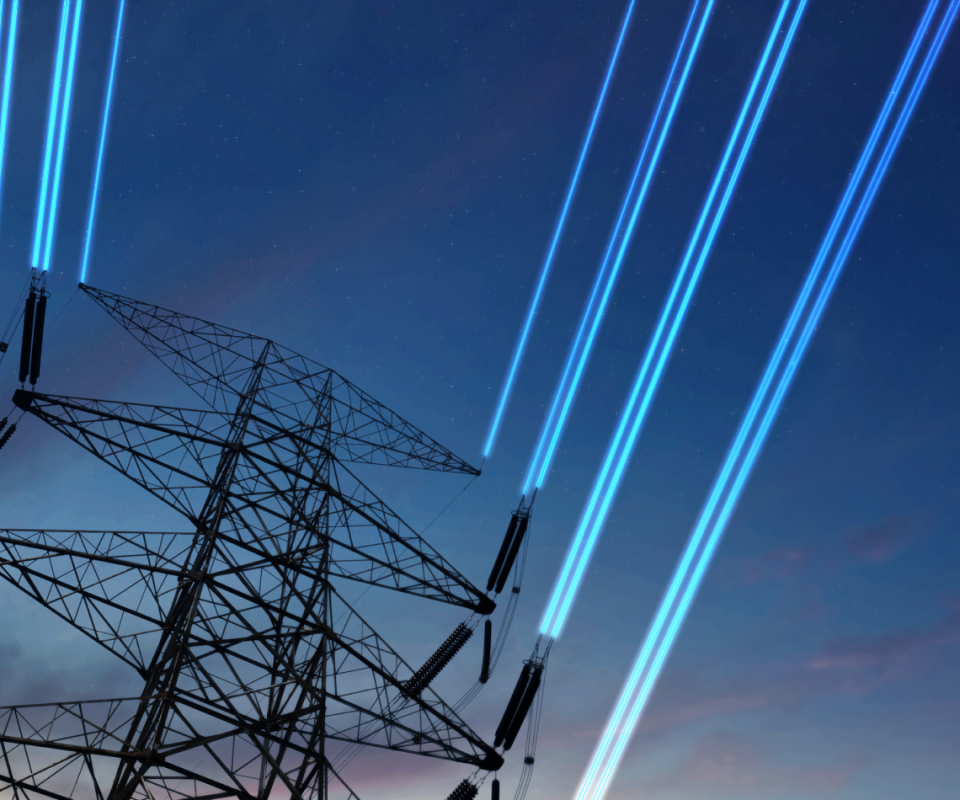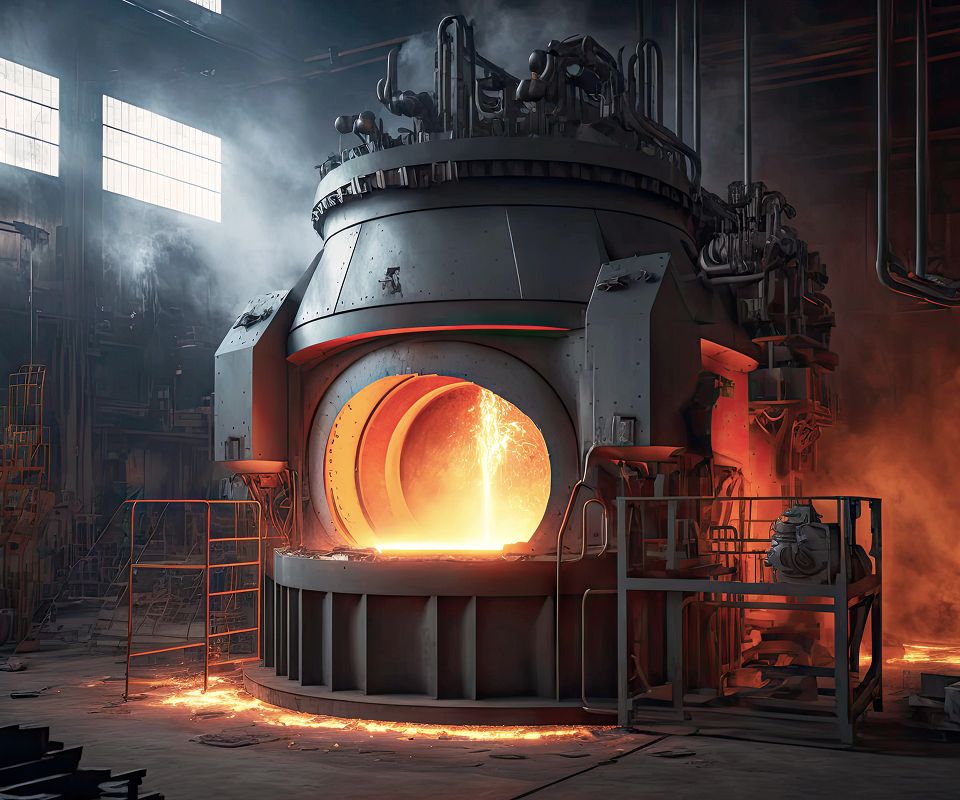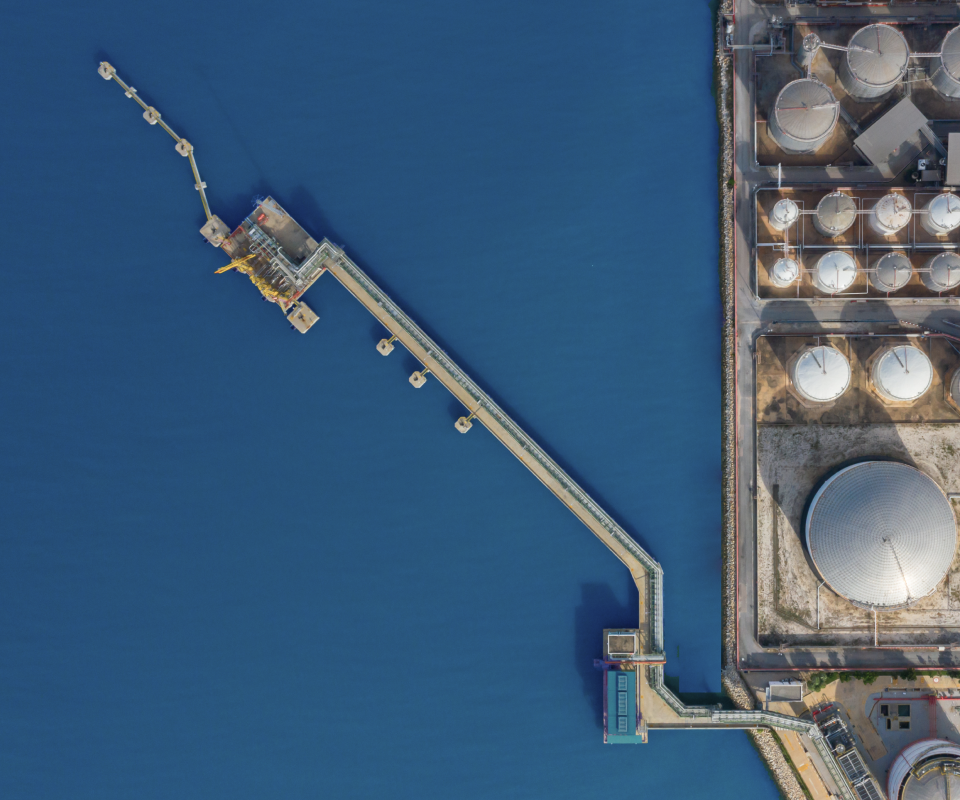- All parts in contact with the medium are made of structural ceramic materials, which have extremely high chemical stability and hardness (Rockwell hardness HRC90), second only to diamond. The ceramic hard sealed ball valve adopts 99.5% alumina structural ceramic, with a sintering temperature of 1700 ℃. Therefore, this valve has extremely high wear resistance, corrosion resistance, erosion resistance, and good insulation with low thermal expansion.
- The ball is manufactured using advanced grinding equipment and processes, with high roundness accuracy and good surface quality. After being aligned with the valve seat, it utilizes the self lubrication of Zr02 ceramic to achieve higher sealing performance than other hard sealed ball valves, achieving zero leakage (leakage level is VI).
- After precision grinding, the surface roughness of the ceramic sealing surface is less than Ra0.2, and the roundness error of the sphere is less than 0.005. In addition, the high hardness and self-lubricating characteristics of ceramics make the sealing pressure of the sealing surface much lower than that of ordinary soft sealed ball valves, about 1/5 or even lower than that of ordinary hard sealed ball valves. The valve has a small opening and closing torque, smooth opening and closing, and high sensitivity when used as a regulating valve. Therefore, it is durable, highly reliable, and has a long service life, which is 2-4 times that of titanium alloy valves and Monel valves.
- The valve body shell adopts a three-stage structure, using A105N/SS304 forgings, and a reasonable structural design effectively protects the internal ceramic valve core.
- This valve has unparalleled advantages and is also very suitable for high hardness granular media or media with soft particles but corrosive media.
Main Components
| Serial No. | Name | Material | Serial No. | Name | Material |
|---|---|---|---|---|---|
| 1 | Valve Body | WCB | 6 | Ball |
Composite Ceramic Ceramic |
| 2 | Bush |
Composite Ceramic Compatec Caramtce |
7 |
Stud Bolt Double End Stud |
D7 |
| 3 | Sealing Ring |
Composite Ceramic Compatec Caramtce |
8 | Valve Body | WCB |
| 4 | Packing | Graphite | 9 | Gland | WCB |
| 5 | Valve Stem | C18 | 10 |
Electric Device Proumodo Actuator |
Minllypo |
External Dimensions
| Nominal Diameter | Dimensions (mm) | |||||||||||||||
|---|---|---|---|---|---|---|---|---|---|---|---|---|---|---|---|---|
| L | d1 | L1 | D | D1 | D2 | b | Z-Фd | H | ||||||||
| mm | in | Full Port FP | Reduced Port FP | Full Port FP | Reduced Port FP | Full Port FP | Reduced Port FP | QA41 | QA341 | QA641 | QA941 | |||||
| 15 | 1/2" | 130 | - | 15 | - | - | - | 95 | 65 | 45 | 14 | 4-14 | 62 | - | 200 | - |
| 20 | 3/4" | 140 | - | 20 | - | - | - | 105 | 75 | 55 | 14 | 4-14 | 68 | - | 204 | - |
| 25 | 1" | 150 | - | 25 | - | - | - | 112 | 85 | 65 | 14 | 4-14 | 75 | - | 215 | 360 |
| 32 | 1 1/4" | 165 | - | 32 | - | - | - | 135 | 100 | 78 | 16 | 4-14 | 85 | - | 240 | 390 |
| 40 | 1 1/2" | 182 | - | 40 | - | - | - | 145 | 110 | 85 | 16 | 4-18 | 95 | - | 264 | 395 |
| 50 | 2" | 200 | - | 50 | - | - | - | 160 | 125 | 100 | 16 | 4-18 | 110 | - | 360 | 472 |
| 65 | 2 1/2" | 220 | - | 65 | - | - | - | 180 | 145 | 120 | 18 | 4-18 | 130 | - | 379 | 530 |
| 80 | 3" | 250 |
|
80 |
|
- | - | 195 | 160 | 135 | 20 | 4-18 | 155 | - | 452 | 580 |
| 100 | 4" | 280 |
|
100 |
|
- | - | 215 | 180 | 155 | 20 | 8-18 | 180 | 320 | 479 | 630 |
| 125 | 5" | 320 |
|
125 |
|
- | - | 245 | 210 | 185 | 22 | 8-18 | 250 | 380 | 646 | 710 |
| 150 | 6" | 360 |
|
150 |
|
- | - | 280 | 240 | 210 | 24 | 8-23 | 275 | 400 | 666 | 670 |
| 200 | 8" | 400 |
|
200 |
|
- | - | 335 | 295 | 265 | 26 | 12-23 | 330 | 450 | 815 | 825 |
(1) Before installation, check that the product model, tag number, and specifications match the requirements. Inspect the entire valve for missing or loose parts.
(2) Prior to installation, clean the pipeline. Ensure there is sufficient straight pipe section at the valve inlet and install a filter. When connecting the valve body to the pipeline flanges, ensure coaxiality.
(3) Thoroughly clean the pipeline before installing the valve.
(4) The installation site should ensure the safety of personnel and equipment, facilitating operation, disassembly, and maintenance.
(5) The valve should be installed vertically upright on horizontal pipelines. If necessary, it can be installed at an angle, but horizontal installation should be avoided. For occasions with heavy valve weight or vibration, use a support frame.
(6) The medium flow direction must align with the arrow on the valve body. The air supply should be dry and oil-free. The valve should be used in environments with temperatures ranging from -20℃ to 55℃.
(1) Cleaning the Valve: For general media, cleaning with water is sufficient. For media harmful to health, first understand their properties and then select an appropriate cleaning method.
(2) Disassembly: Remove rust from exposed rusted parts first. Before derusting, protect the machined surfaces of precision parts such as the valve seat, valve plug, valve stem, and push rod. Use special tools when disassembling the valve seat.
(3) Valve Seat: Minor rust or wear on the sealing surface can be repaired by machining. If damage is severe, replace the seat. However, both repaired and replaced hard sealing surfaces must be lapped.
(4) Valve Stem: If the surface is damaged, it must be replaced.
(5) Damage to Push Rod, Guide, and Sealing Surfaces: Reverse-acting actuators must be replaced; direct-acting actuators can be reused after proper repair.
(6) Compression Spring: If there are cracks or other defects affecting strength, replace it immediately.
(7) Wear Parts: Packing, gaskets, and O-rings must be replaced entirely during each maintenance. Check the valve plug and diaphragm for cracks, aging, or corrosion that may cause future failures. Decide whether to replace them based on inspection results, but the diaphragm service life should not exceed 2-3 years.
(8) When reassembling the valve, ensure alignment. Tighten bolts diagonally and lubricate sliding parts. After reassembly, debug the valve according to the factory test items and methods. During this period, accurately adjust the packing compression force and the valve plug closing position.
-
If the model has not been selected before ordering, please provide us with the operating parameters:
(1) Nominal diameter DN (mm);
(2) Nominal pressure (MPa or bar);
(3) Fluid properties (including medium temperature, viscosity, or acidity/alkalinity);
(4) Pressure before and after the valve (pressure differential);
(5) Requirements for flow characteristics;
(6) Materials of valve body and valve core;
(7) Connection type;
(8) Driving method (provide air supply pressure, driving voltage);
(9) Supporting accessories (for pneumatic valves, it is recommended that users install an air filter triplet and a 2-position 5-way solenoid valve);
(10) On-site working conditions. -
If the product model of our company has been selected by the design unit, please order directly from our production department according to the model;
-
When the application occasion is very important or the pipeline is relatively complex, please provide the design drawings and detailed parameters as much as possible, and our experts will review and check them for you.



